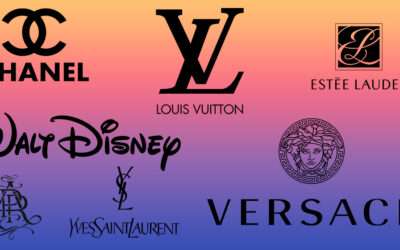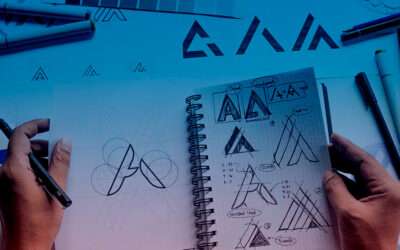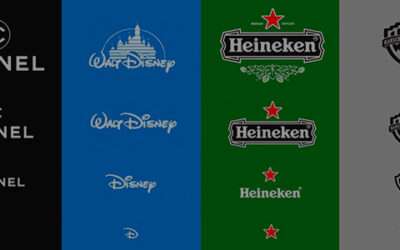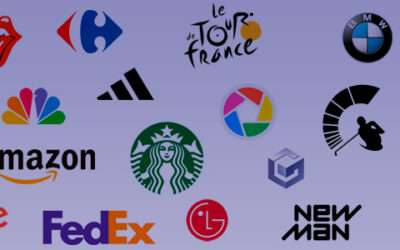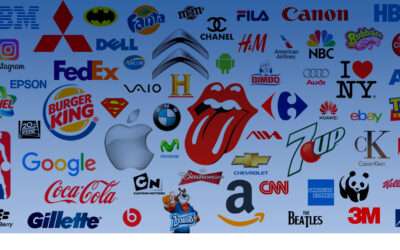What is a personal brand?
A personal brand is a logo that speaks about you in the first person, and therefore bears your name, as if you were your own product, your own company.
Visual identity
Rebranding: The importance of redesigning a brand
Conoce las diferencias entre Rebranding y Restyling, y la importancia que tienen al darle nueva vida una marca y cuando se aconseja usar cada uno
What a responsive logo is
Everything you need to know about responsive logos, the new trend in branding to create logos that adapt to digital media
80 famous logos with hidden messages
The use of hidden messages in brand design is a great creative resource used by designers of the most famous logos in the world.
The most complete guide to understand logos
This is the most complete guide to understanding logos. You will learn the differences between different types of logos, isotypes, isologotypes, imagotypes, monograms, emblems, mascot logos and others.

